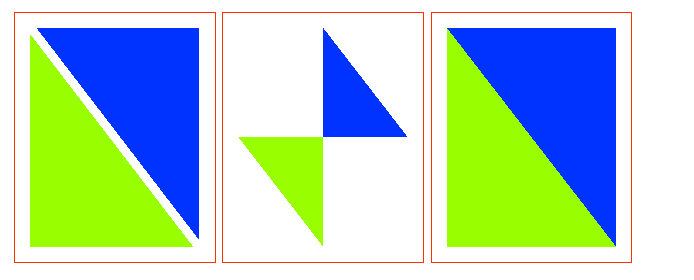Overview
The Triangle Edit submenu contains utilities that allow you to validate and improve the quality of your triangulations.
Triangulations are the foundation upon which a large number of the Vulcan utilities are built.
Using poorly constructed triangulations will only result in problems. Time spent improving the quality of your data will pay off in the long run.
Definitions
Facet
A triangle in the triangulation.
Vertex
A point in the triangulation. Each facet contains three vertices.
Edge
Line joining two vertices.
Neighbour
A facet that is connected (on one side) to another facet.
Open
A triangulation containing boundary edges, including holes.
Closed
A triangulation containing NO boundary edges. Solid triangulations should be closed.
Valid Triangulation
A valid triangulation must satisfy two conditions:
- proper intersection
- proper topology
Vulcan utilities require that ALL triangulations that are used are valid. It is important to ensure that triangulations satisfy the prerequisite conditions for the utilities in which they are going to be used. Most utilities will still give a result if an invalid triangulation is used.
Proper Intersection
For each pair of facets, it is required that:
- they are disjoint (not connected)
or
- they have a single vertex in common
or
- they have two vertices and the edge joining them in common.

1- Proper Intersection
Proper Topology
Each facet contains three edges, each edge connects two vertices, for each edge it is required that:
- it is unique (no other facet contains an edge that connects the two vertices). These edges are called boundary edges.
- it is identical (connects the same two vertices) to one and only one other edge in the triangulation. Any edge that is part of more that two facets in the triangulation is referred to as a topological inconsistency.
Poorly Constructed Triangulations
Any triangulation that is invalid or contains poor quality facets.
Well Conditioned
This varies in different situations, but it is usually a case of ensuring the facets are all roughly the same size and that there are no really small internal angles. (that is< two degrees). It is also important to have an appropriate level of detail, this can mean adding extra data to the model (interpolation), or removing unneeded detail (filtering).
Quality Triangulation
A valid and well conditioned triangulation.
Stable Triangulation
A well conditioned triangulation.

